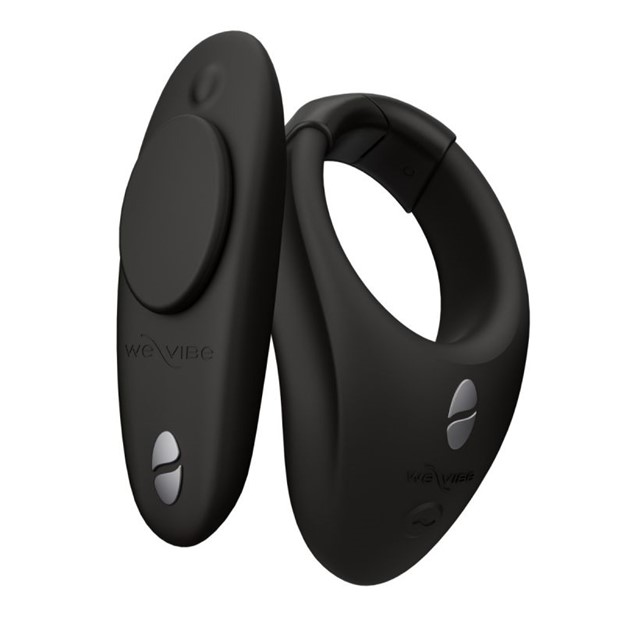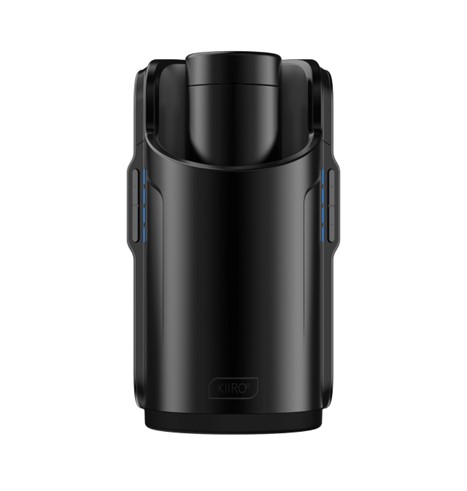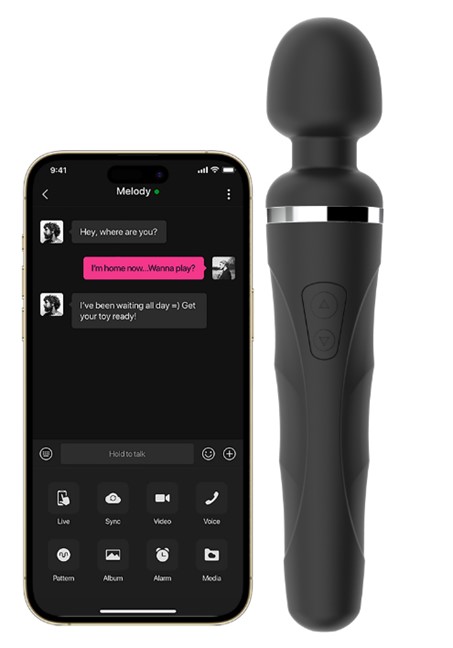The future of AI is looking very bright and you probably just can’t get past the sense that it’s going to play a major role in your life at some point. The simple fact is that it’s already playing a major role. AI is being used to process your packages, schedule your days, and even decide if you deserve a traffic ticket. There’s no part of our lives that won’t be touched by AI in the future. The best thing to do is simply embrace it and see where it all ends up leading.
There was a recent article published by Forbes that talked about the future of AI in depth. They went into great detail about what we can expect our future lives to be like. It’s a fascinating subject, as long as you’re able to keep the actual conjecture to a minimum. There are plenty of real-world trends that you can look at today to see where AI will be in the future. While we won’t go into the kind of depth they do, we will talk about the major points about where the technology is going to be taking us. The more we know about the future, the better we’ll be able to accept it when it comes.
AI and ML will be change Science
AI and ML at linked to each other in ways that most people don’t even realize. While AI stands for artificial intelligence, ML stands for machine learning. Both of these things require a manufactured program to learn on its own and make its own decisions. That’s where the exciting part really lies. When you can hook an AI up to a product equipped with ML, there’s really no limit to how far they can evolve and figure out problems without human intervention.
Or, as Forbes puts it: “With AI and machine learning (ML), we can expect to see an enormous magnitude of improvement in what can be accomplished. There’s a certain set of ideas that humans can computationally explore. There’s a broader set of ideas that humans with computers can address. And there’s a much bigger set of ideas that humans with computers, plus AI, can successfully tackle. AI enables an unprecedented ability to analyze enormous data sets and computationally discover complex relationships and patterns. AI, augmenting human intelligence, is primed to transform the scientific research process, unleashing a new golden age of scientific discovery in the coming years.”
AI will Change Foreign Policy
Artificial intelligence is going to be everywhere, and that means everywhere. There won’t be a single facet of human civilization that it doesn’t touch. That includes the foreign policy of entire nations. As they put it: “We are likely to see serious government investment in AI. U.S. Secretary of Defense Lloyd J. Austin III has publicly embraced the importance of partnering with innovative AI technology companies to maintain and strengthen global U.S. competitiveness.” That’s going to have a major impact on how the world gets along.
The National Security Council on Artificial Intelligence has already released a list of recommendations for the U.S. Government. They clearly state that the United States should greatly accelerate its artificial intelligence innovation, and that won’t just affect how we deal with other countries. That means that entire industries will be created to make these things happen. This has all happened before, with the space race, being one big example. Just think about what the U.S. was before the 50s and 60s and what it was like afterward. They’re two different countries and the race to space fueled a lot of it.
AI will Rule the Next-gen
When we talk about next-gen here, we’re not talking about the next generation of human beings. We’re talking about the next generation of technology. The metaverse is currently being created by human beings, but it’s only a matter of time before that changes drastically. Just look at this this quote: “Next-generation consumer experiences like the metaverse and cryptocurrencies have garnered much buzz. These experiences and others like them will be critically enabled by AI. The metaverse is inherently an AI problem because humans lack the sort of perception needed to overlay digital objects on physical contexts or to understand the range of human actions and their corresponding effects in a metaverse setting.”
So, as it turns out, human beings aren’t actually capable of continuing to create the metaverse because they don’t have the perception necessary for it. Just imagine a piece of factory equipment that’s designed by humans but can no longer be maintained or improved by them. It’s grown so complex that other machines have to be created to do those things. Humans have built a machine that they’re not smart enough to fix. That’s an incredible notion and it’s all happening right now.
Climate Crisis and AI
Finally, we’ll end on the most important note. That’s the fact that AI is going to be instrumental in combating the current climate crisis. The things we’re doing right now just aren’t effective at fixing the problem and we need new solutions if we’re going to survive as a species. As Forbes puts it, there’s “One potential new approach involves prediction markets powered by AI that can tie policy to impact, taking a holistic view of environmental information and interdependence.”
There’s really no telling if that strategy will make a lasting impact, but it’s the best bet we have as a planet. If things keep going the way they are, we’re going to be in trouble. Maybe humanity’s greatest creation can work to save it from itself. Maybe it’s all a waste of time. Either way, AI is the future, no matter how long that future may last. It’s already everywhere and it’s growing in scope every single day. There’s never going to be a better time to embrace it than right now. Learn how to use AI to the best of your ability and you’ll be much better equipped to thrive in a future that will run on it.








